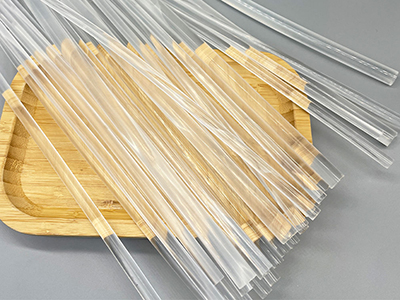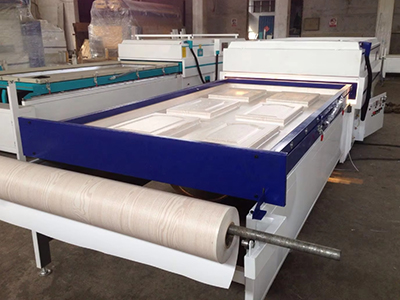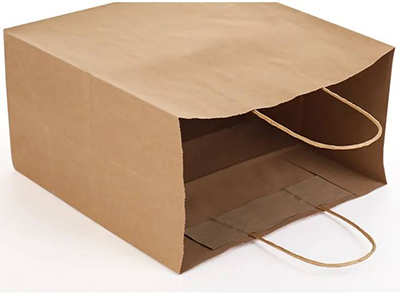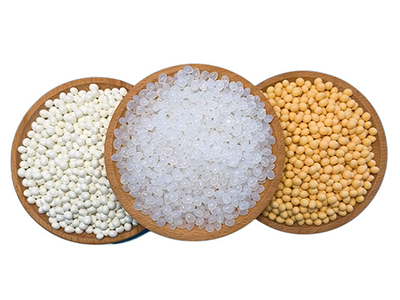Introduction
Bookbinding is an age-old craft that has evolved significantly over the centuries. One of the modern methods gaining popularity is PVA glue book binding. In this article, we will explore what PVA glue book binding is, how it works, and its benefits. Whether you’re a DIY enthusiast or a professional bookbinder, understanding this technique can enhance your projects and ensure they stand the test of time.
What is PVA Glue?
Polyvinyl acetate (PVA) glue is a type of adhesive known for its strong bond and versatility. It is commonly used in woodworking, crafts, and bookbinding due to its ease of use and durability. PVA glue is water-based, making it non-toxic and safe for various applications. It dries clear and flexible, which is ideal for bookbinding, where flexibility and transparency are essential.
The Process of PVA Glue Book Binding
PVA glue book binding involves several steps, each crucial to achieving a professional and long-lasting finish. Here’s a step-by-step guide to the process:
- Preparing the Materials: Gather all necessary materials, including your book pages, cover, and PVA glue. Ensure that the pages are properly trimmed and aligned.
- Applying the Glue: Lay the pages flat and apply a thin layer of PVA glue along the spine edge. Be careful to apply the glue evenly to avoid lumps and ensure a smooth finish.
- Assembling the Book: Once the glue is applied, carefully align the pages and press them together. Use a bone folder or similar tool to ensure the pages are firmly adhered and the spine is smooth.
- Attaching the Cover: Apply PVA glue to the spine and attach the cover. Press firmly to ensure a strong bond. If necessary, use clamps or a book press to hold the book in place while the glue dries.
- Drying Time: Allow the book to dry completely. This may take several hours or overnight, depending on the thickness of the book and the humidity of your environment.
- Finishing Touches: Once the glue is dry, inspect the book for any loose pages or areas that need additional glue. Trim any excess material and smooth the edges for a clean, professional look.
Benefits of PVA Glue Book Binding
PVA glue book binding offers several advantages:
- Durability: PVA glue creates a strong and flexible bond, ensuring that the pages stay together even with frequent use.
- Ease of Use: This method is straightforward and does not require specialized equipment, making it accessible for beginners and professionals alike.
- Non-Toxic: Being water-based, PVA glue is safe to use, with no harmful fumes or chemicals.
- Clear Drying: PVA glue dries clear, maintaining the aesthetic quality of the book without visible adhesive marks.
Applications of PVA Glue Book Binding
PVA glue book binding is suitable for a variety of projects, including:
- DIY Notebooks and Journals: Create personalized notebooks or journals with custom covers and paper types.
- Repairing Old Books: Restore treasured books by reattaching loose pages and reinforcing the spine.
- Craft Projects: Use PVA glue binding for scrapbooks, photo albums, and other creative projects.
Conclusion
PVA glue book binding is a versatile and reliable method that can be used for a wide range of bookbinding projects. Its durability, ease of use, and non-toxic nature make it a popular choice for both amateur and professional bookbinders. Whether you’re looking to create your own books or repair old ones, PVA glue book binding is a technique worth mastering.






